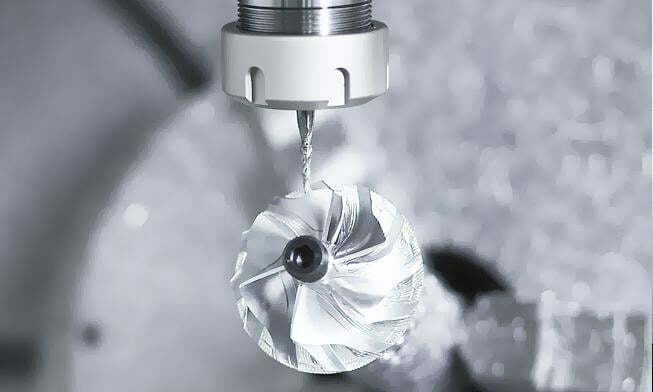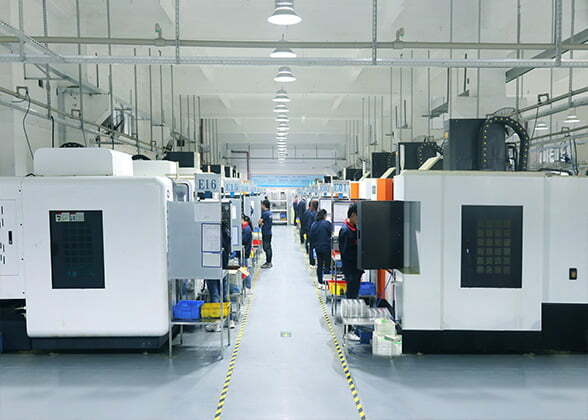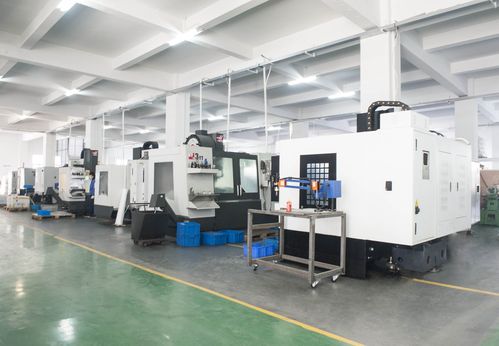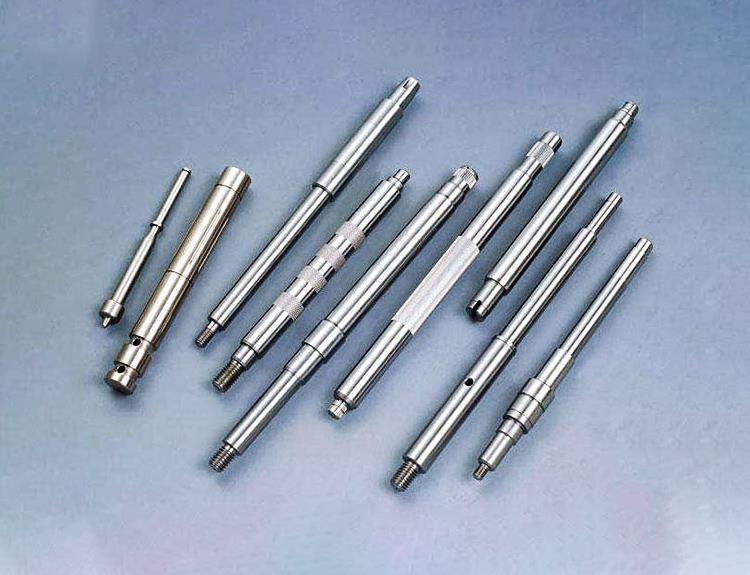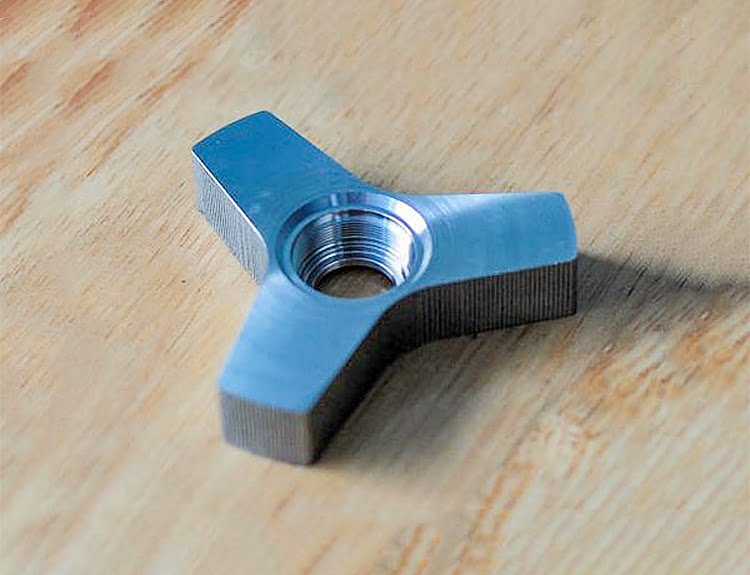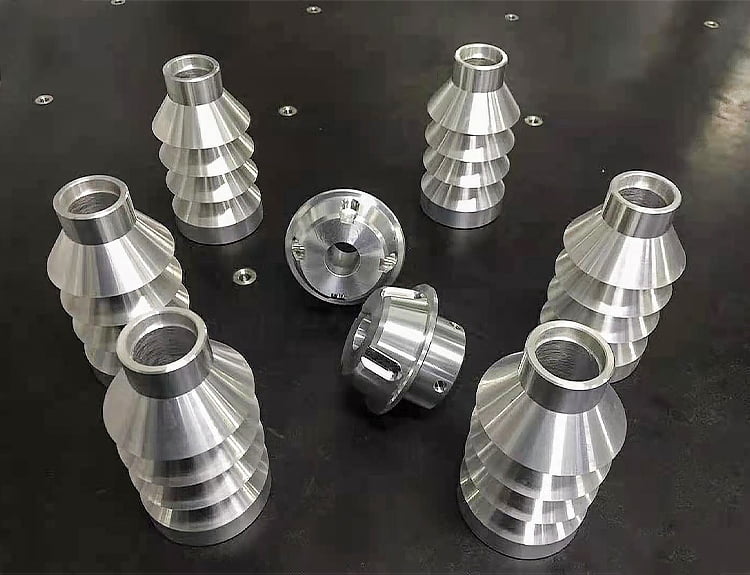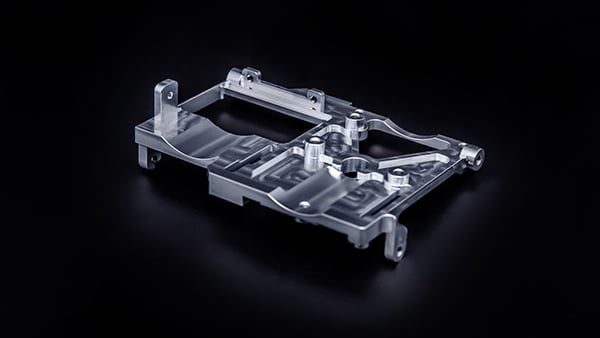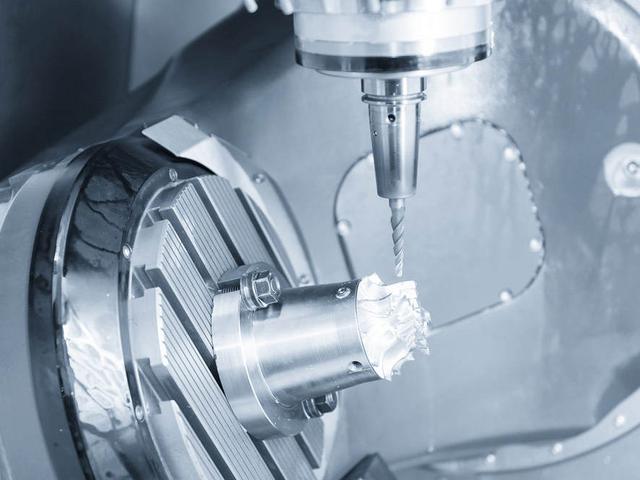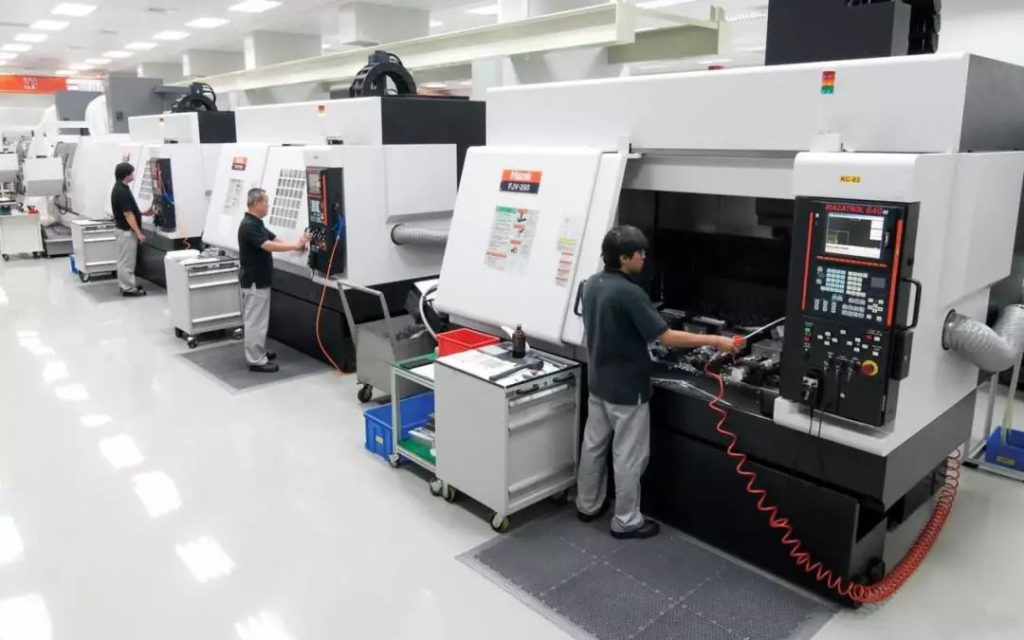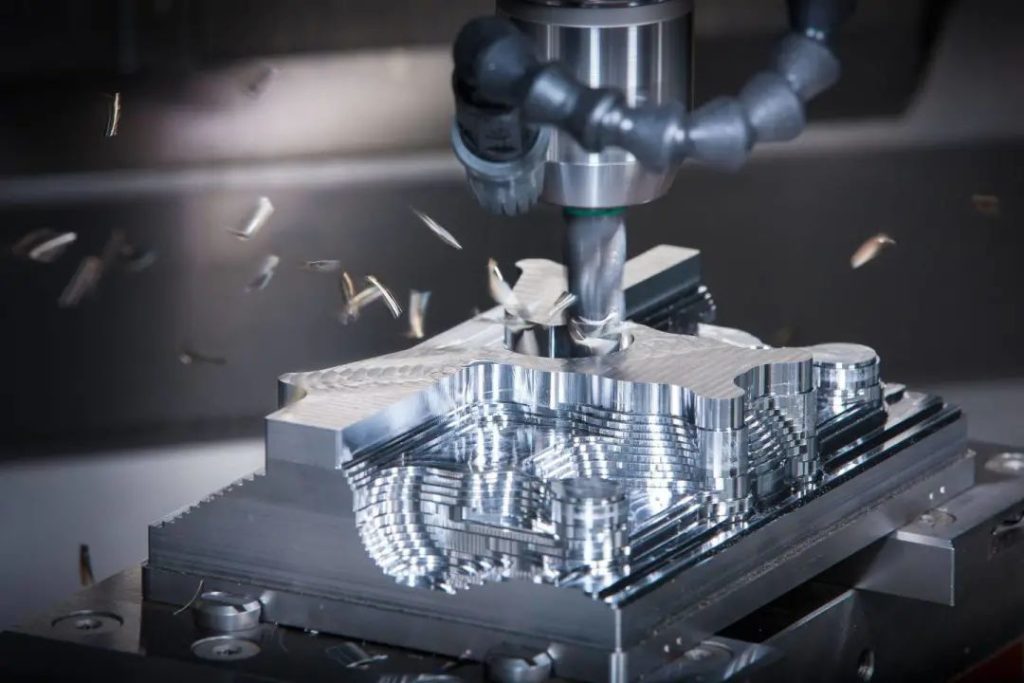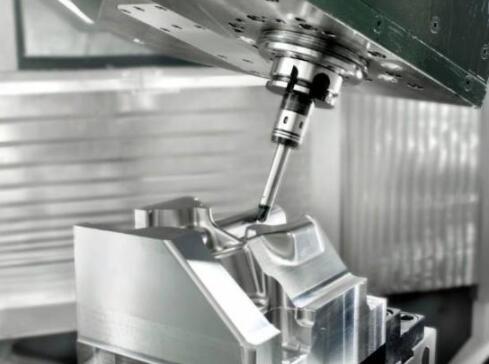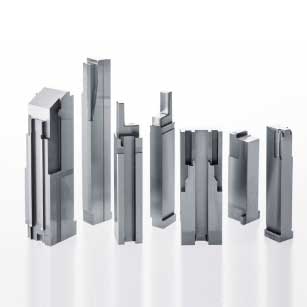The 5-axis machining parts have high processing efficiency and precision, and the workpiece is clamped at one time. It is suitable for processing modern moulds such as automobile parts and aircraft structural parts. Five axis machining is not only widely used in civil industry, but also widely used in aerospace, military, scientific research, precision instruments, precision medical devices and other industries. This is a high-tech way to make the impossible possible. It can be processed or generated for any spatial surface or unusual shape. It can not only complete the processing of complex parts and industrial products, but also rapidly improve the processing efficiency and shorten the processing flow.
Advantages of 5-axis CNC machining
Keep the best cutting and improve the cutting conditions. In the 3-axis cutting mode, the cutting performance will gradually decrease as the tool path moves to the top or edge of the part. In order to maintain optimum cutting conditions here, the turntable must be moved. In addition, if you want to completely handle irregular planes, you need to use a tilt turntable and move the turntable several times in different directions. The 5-axis machining parts can also achieve better surface quality by avoiding the zero centerline speed on the ball cutter.
Save time | Reduce processing time
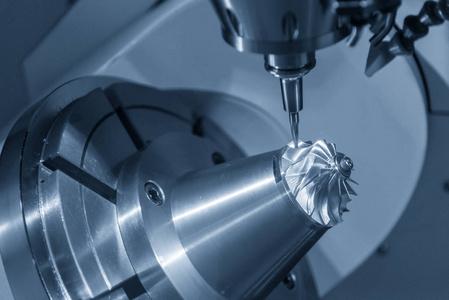
The 5-axis CNC machine tool can help you save a lot of time on the universal machining center. Most of the parts produced by the CN processing plant need to be processed on five planes. Axis CNC milling machine can help you complete the work quickly and efficiently in production. You have to do some single configuration. This helps save cycle time and costs. Therefore, it is a cost-effective solution that can shorten the time to market of the final product.
In five axis machining, the use of tools to keep the machining surface of the complex mold vertical can greatly improve the utilization of the spindle. The 5-axis machining parts is also applicable to bevel milling machines, which can eliminate the arris caused by ball cutters. This results in better mold surface quality and reduces the need to manually clean the mold surface.
Improve machining accuracy
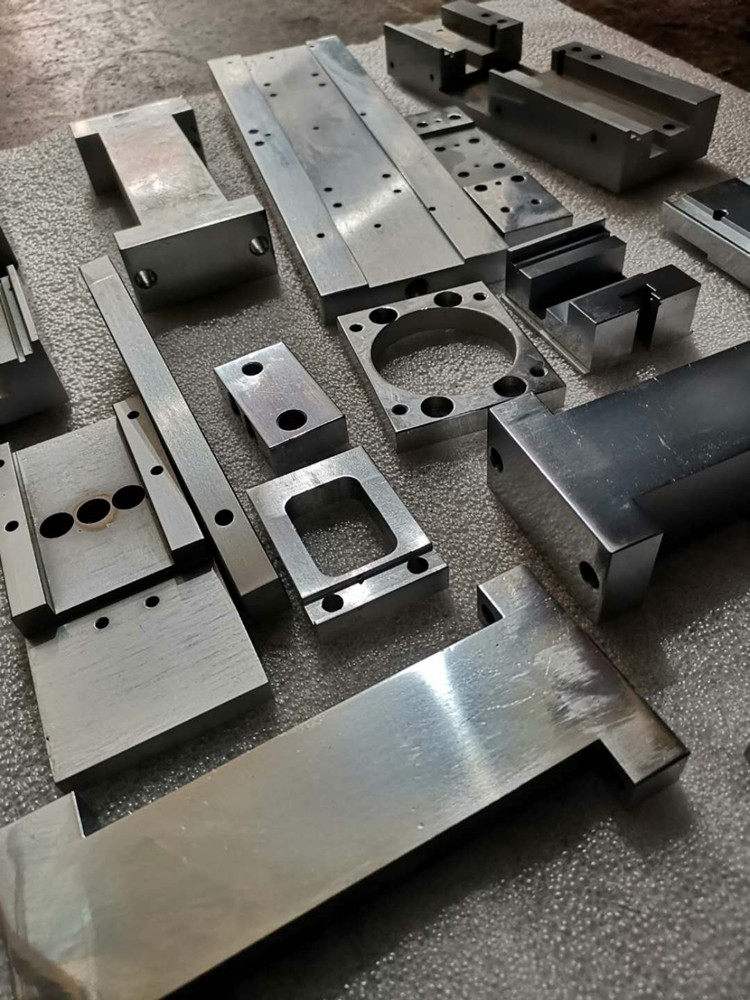
The accuracy of 5-axis CNC milling machine is improved with the least settings. Additional settings will only result in more errors. It also helps extend the life of some tools. This is mainly the result of short tools.
The 5-axis machining technology solves the problem of multiple repositioning accuracy of workpieces at complex angles. It not only saves time, but also greatly improves the machining tolerance. It also saves the high cost of manufacturing various instruments in the traditional way. 5-axis machining can process complex parts, such as drilling, taper and groove on complex surfaces, which is usually impossible for traditional machining methods.
High quality surface treatment | complex shape
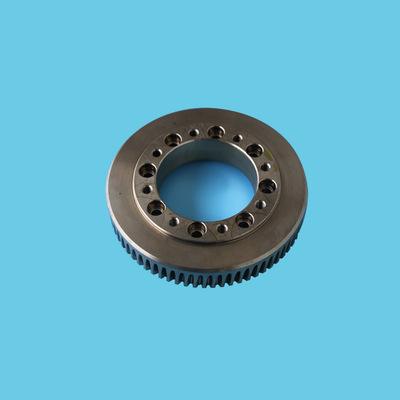
This type of composition also helps to create surfaces with high-quality finishes. The position of the part will be closer to the cutting tool on the 5-axis machine tool. The last two axes allow the use of quick tools that do not swing excessively, thus achieving a high quality surface finish.
Another advantage of 5-axis CNC machines is that they can cut complex shapes. All five shafts require different parts. The additional movement of this placement provides space for manufacturing angles and arcs. Previously it required additional settings and proprietary devices.
High productivity
-1024x640.jpg)
5-axis machining parts can effectively reduce the processing time and auxiliary time of parts. The spindle speed is large, the feed range is large, and the cutting ability is strong. 5-axis machining is entering the era of high-speed machining. The rapid movement and positioning of 5-axis machining parts and high-speed cutting shorten the turnover time of semi-finished products, and improve the production efficiency and accuracy.
Disadvantages of 5-axis machining
Obviously, people have realized the advantages and importance of five axis NC technology in manufacturing and production industries. When we encounter complex setbacks in designing and manufacturing complex surfaces, we turn to 5-axis machining technology. The main technical requirements of CNC machine tools are multi axis, high speed, good rigidity and high power. The number of coordinates is mainly 3-5 axes. However, in the machining industry, the use of 5-axis machining to do some work is not as common as we think, because:
Cost is too high
On the one hand, the purchase cost and required software cost of 5-axis machine tools are much higher than those of typical 3-axis machining centers. On the other hand, the maintenance of the machine itself is more difficult than ordinary machines. These aspects make 5-axis machining parts much more expensive than conventional 3-axis machining.
Complex and difficult to program
The 5-axis machining is different from the 3-axis machining, so in addition to 3 linear motions, it also involves 2 rotary motions. The resulting spatial trajectory of composite motion is very complex and abstract, which is usually difficult to imagine and understand. For example, dealing with free-form surfaces in space usually requires a lot of coordinate transformations and complex spatial geometry calculations. The coordination of each axis motion shall also be considered to avoid interference, collision and correct interpolation behavior. Programming is more difficult to ensure the required machining accuracy and surface quality.
High technical requirements for operators
5 axis machining parts is an advanced processing technology, which requires higher manual operation. From single programming to machining operation, it is different from ordinary three-axis machine tools. Therefore, skilled operators are required and labor costs are high.

